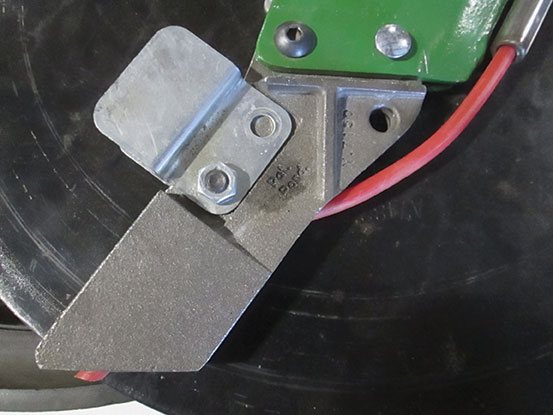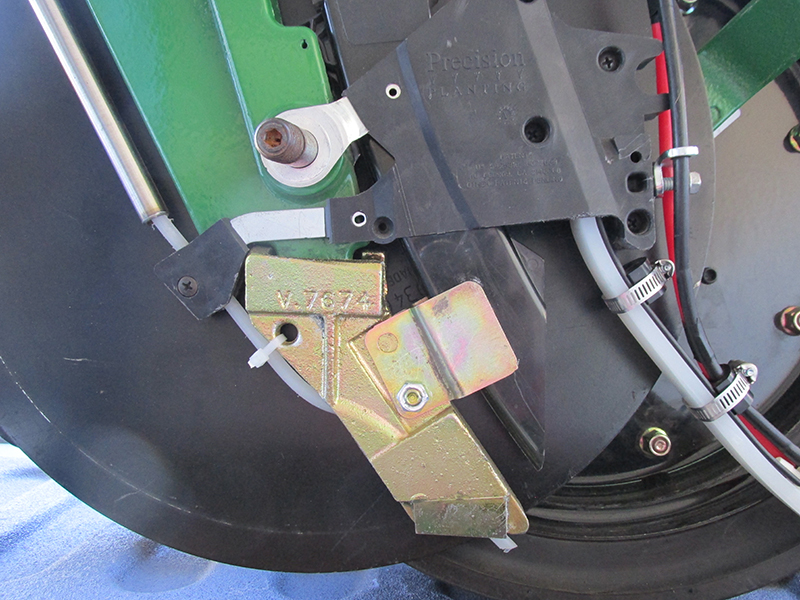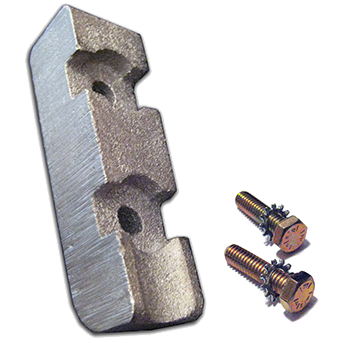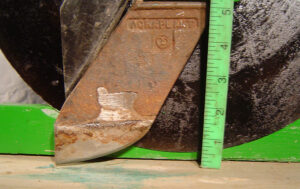I’ve spent much of my adult life researching ways to make planters and drills function better in no-till, and it never ceases to amaze me how garbled up the thinking can get on some design issues. Take, for instance, firming points. Please, take them! Away, far away! 🙂
Seriously, some people (not just farmers, mind you, but engineers too) think that seed firming can be done by a device that runs thru the bottom of the furrow before the seed even arrives! Apparently, somehow, they equate firm soil with seed firming, which isn’t the same at all.
For seed firming to occur, we need the seed to have good contact with the surrounding soil. In tilled seedbeds (including strip-till), this is often accomplished by pressing the soil from the sidewalls back over the seed. But where the sidewalls have structure, as all no-till soils do, this is a poor method–and we instead want to press the seed down into the bottom of the furrow to have consistent and adequate seed-to-soil contact.
But somehow this gets all woozy for some people (it’s really very straightforward). In soils with any moisture, the worst thing you can do is smear or compress the bottom of the furrow while forming it–the exact area where you’re going to drop the seed, and hope the roots grow thru this smearing! It’s also exactly where you want to be able to embed the seed into the surrounding soil with some device pressing down on the seed after it’s deposited, which is much more difficult if the soil there has already been smeared or compressed.

Some people insist that the ‘firming point’ is to “clean out” the bottom of the furrow, or to wipe out any ‘w’ shape from the opener blades. Again, this is propaganda from some misguided marketing machines who have no idea what is going to happen agronomically. You don’t want anything sliding along the bottom of the furrow until after the seed is placed. We did away with hoe openers for a reason–so let the blades cut a clean furrow and be done with it. If the furrow is shaped incorrectly, it is likely due to the blades being worn down and much too small in diameter, or blades flexing inward far too much (which creates a pinched furrow that may be no thicker than a credit card), or too much soil disturbance ahead of the seed opener creating voids and fissures. But whatever you do, don’t let anything hang below the blades to smear the furrow bottom!

In keeping the blades spaced the correct distance from each other (i.e., minimizing their flexing), what you need is a hardened seed-tube guard which doesn’t come anywhere close to touching the bottom of the furrow. Hardened guards include those from RK Products as well as our Valions. (Other companies with tubes welded to guards aren’t hardened.)

Eliminate blade flex: Get furrows that are correctly shaped for the entire planting season–use our chrome Valions, which last 2X to 5X longer than OEM guards, depending on the brand and model of planter. For lifetime durability, you might be interested in our Valion Ultras with tungsten carbide inserts. Either way, your seed depth will be much more consistent. Your crops will notice, and you will reap the rewards.

